Contrary to popular belief, there is no direct relationship between Australian and American laws. Australians are not afforded all the protections that the American people have access to by law, although in some circumstances Australian society works as though those protections existed. Americans are protected from governmental censorship by the First Amendment to their Constitution. Even though Australian law does not guarantee that governmental censorship will not occur, many Australians assume that we have that protection, and for the most part, this has been borne out in practice, if not in law. Here is a list of rights that are protected by law in Australia.
Stephen Conroy would like to see both law and enforcement of law be enacted with regards to “Internet” censorship.
Senator Conroy is a Catholic, and socially conservative. It is likely that his wishes will coincide with a minority of users of the Internet, both because the way in which the law is to be enacted is unadvisable, and due to a generalised belief in the right of all Australians to free speech, misplaced or not, especially as regards material available across the Internet.
It is not yet clear from the Senator’s statements who will be in charge of deciding the parameters surrounding the law: what material will and will not be allowed to be transmitted across the Internet, and whether “the Internet” in its entirety will be censored, or whether they are referring only to web pages available over the Internet.
According the the Wikipedia entry concerning Internet censorship, Australia is in the OpenNet Initiative (ONI)’s nominal category as of 2008;Â content classified “RC” or “X18+” may not be hosted within Australia, and content from outside Australia may be blacklisted.
The filtering aspect is of great concern.
- The blacklist will not be made available for public consumption.
- Filtering technology is of very little practical use at this point. A blacklist of every site containing banned or age-limited content would need to be kept.
- Current filtering boxes slow all Internet traffic, on average, by 30%.
- The government has declared it will not let internet users opt out of the proposed national internet filter. Source.
- Finally, this one’s a real doozy – a private company will have access to a record of all traffic passing through the filtering boxes that they provide: essentially, all the Internet traffic in Australia. Interestingly, the government will not necessarily have access to that information.
There does not yet appear to be any information regarding restrictions on content provided by services other than the Web. One wonders how services such as some of the virtual environments might be restricted – except for cutting off access entirely. Banned content from virtual worlds such as Second Life cannot be separated from allowable content by a third party. Perhaps, as with the legislation in Germany and Britain, it will become the responsibility of the individual to keep child pornography and other banned content off their screens; this is the case for all online and print media in these countries. More likely, the Australian legislation will expand to encompass virtual worlds in some way, probably circumventing the whole issue by cutting off access to such worlds altogether. Much as it would be preferable to see better education of our youth regarding these topics, in preparation for becoming responsible, Internet-using adults, it seems more likely that the government will choose to to do the work for us, much as the Chinese government does for its people.
Censorship of the Web has already arrived; how far behind can the censorship of other services be? How disruptive could the censorship of virtual worlds be?

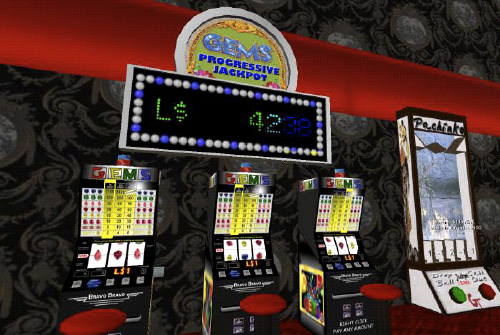
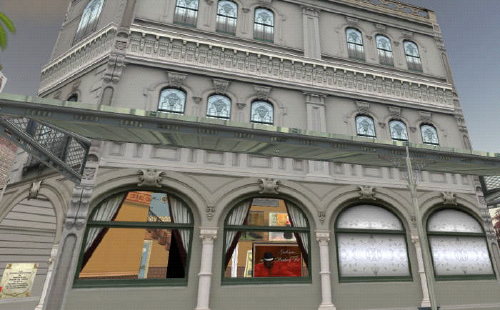
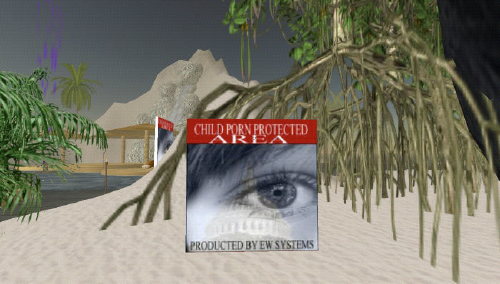
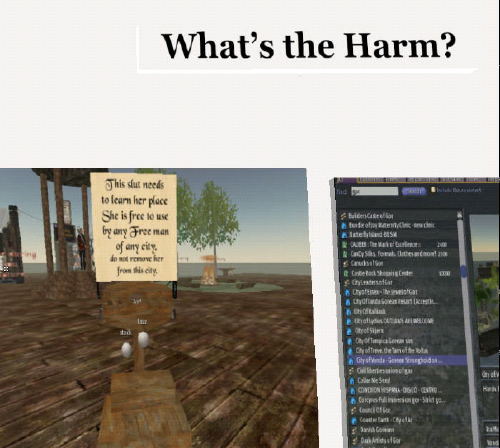

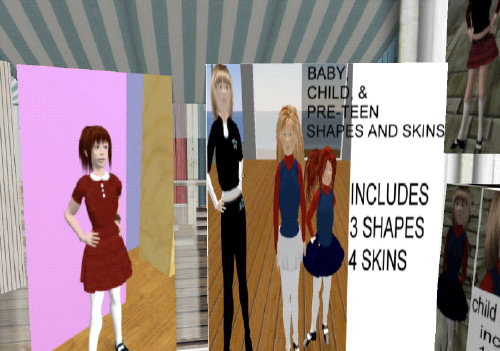

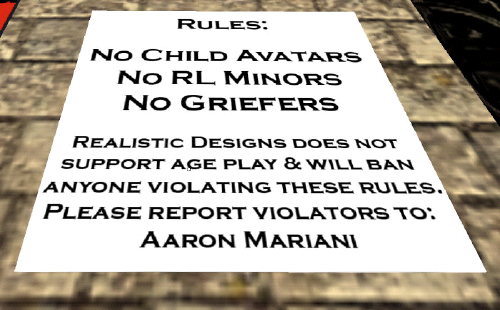

Recent Comments